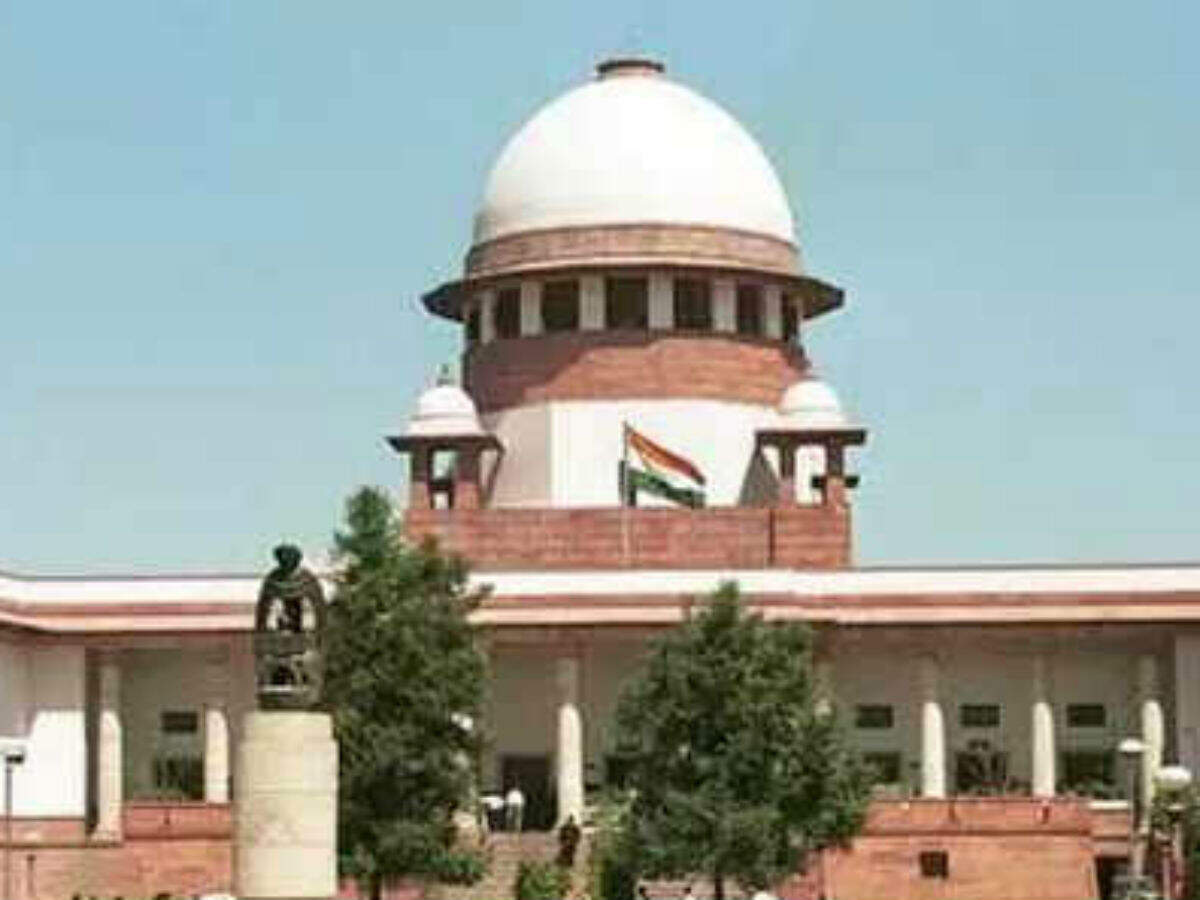Will good old days be back for big bad loans?
TIMESOFINDIA.COM | Apr 3, 2019, 10:36 ISTHighlights
- The Supreme Court judgment will impact the bankruptcy regime that had forced stressed companies to come clean and declare bankruptcy
- The SC ruling also means that banks are no longer required to complete the resolution process within a specified time or take the insolvency route
 (Representative image)
(Representative image)NEW DELHI: The Supreme Court on Tuesday quashed an RBI directive issued in 2017 (commonly called the February 12 circular) that imposed stringent conditions on lenders on loan repayments. The directive said that a loan must be declared stressed if its servicing is overdue even by a day. And if banks failed to resolve the problem within 180 days of default, they should send all accounts with over Rs 2,000 crore loans to the bankruptcy court.
The need: Before RBI's directive, lenders could change the tenor and rates to make it easier for stressed borrowers to pay. However, both borrowers and lenders misused these provisions - the former to avoid the NPA tag and the latter to conceal its bad loan problem. This led to a spike in bad loans over time (over 10 per cent of total bank loans). The directive was meant to force banks to identify stress without delay and change the credit culture by incentivising timely repayment of loans and cutting out deliberate delays.
The problem: The circular had taken away lenders' discretion to not act tough on soured loans (by abolishing traditional restructuring processes), forcing defaulting businesses to either opt for resolution, or file for insolvency. Many companies — in power, sugar and fertiliser sectors — had challenged RBI's directive in court saying it wrongly classified them as wilful defaulters.
They were stressed, they said, because of external reasons beyond their control (such as overdue payments because of slow processing by government departments, non-availability of fuel and cancellation of power blocks in case of power companies) and didn't want to be labelled defaulters for other's mistake.
Why it matters: The judgment takes RBI's battle against bad loans to square one. It will also have an impact on the bankruptcy regime that had forced stressed companies to come clean and declare bankruptcy. The SC ruling also means that banks are no longer required to complete the resolution process within a specified time or take the insolvency route.
Since the central bank had discontinued schemes to restructure stressed accounts when it issued the circular, it is now up to banks to devise their own schemes.
The need: Before RBI's directive, lenders could change the tenor and rates to make it easier for stressed borrowers to pay. However, both borrowers and lenders misused these provisions - the former to avoid the NPA tag and the latter to conceal its bad loan problem. This led to a spike in bad loans over time (over 10 per cent of total bank loans). The directive was meant to force banks to identify stress without delay and change the credit culture by incentivising timely repayment of loans and cutting out deliberate delays.
The problem: The circular had taken away lenders' discretion to not act tough on soured loans (by abolishing traditional restructuring processes), forcing defaulting businesses to either opt for resolution, or file for insolvency. Many companies — in power, sugar and fertiliser sectors — had challenged RBI's directive in court saying it wrongly classified them as wilful defaulters.
They were stressed, they said, because of external reasons beyond their control (such as overdue payments because of slow processing by government departments, non-availability of fuel and cancellation of power blocks in case of power companies) and didn't want to be labelled defaulters for other's mistake.
Why it matters: The judgment takes RBI's battle against bad loans to square one. It will also have an impact on the bankruptcy regime that had forced stressed companies to come clean and declare bankruptcy. The SC ruling also means that banks are no longer required to complete the resolution process within a specified time or take the insolvency route.
Since the central bank had discontinued schemes to restructure stressed accounts when it issued the circular, it is now up to banks to devise their own schemes.
Download The Times of India News App for Latest Business News.
Making sense of 2019
#Electionswithtimes
View Full Coverage






































All Comments ()+^ Back to Top
Refrain from posting comments that are obscene, defamatory or inflammatory, and do not indulge in personal attacks, name calling or inciting hatred against any community. Help us delete comments that do not follow these guidelines by marking them offensive. Let's work together to keep the conversation civil.
HIDE